Solutions to E-Waste Problems and Environmental Impacts
Introduction
Solutions to E-Waste Problems: E-waste problems affect every country in the world. The environmental impact of e-waste even affects the most remote areas like the Arctic and the Antarctic. Further harm will be done to our planet unless global action is taken to reduce the environmental hazards of e-waste.
What is E-waste?
E-waste is the term used to describe any discarded electronic device or a product that contains electronic components. That includes anything that uses electricity, either from a power outlet or a battery.
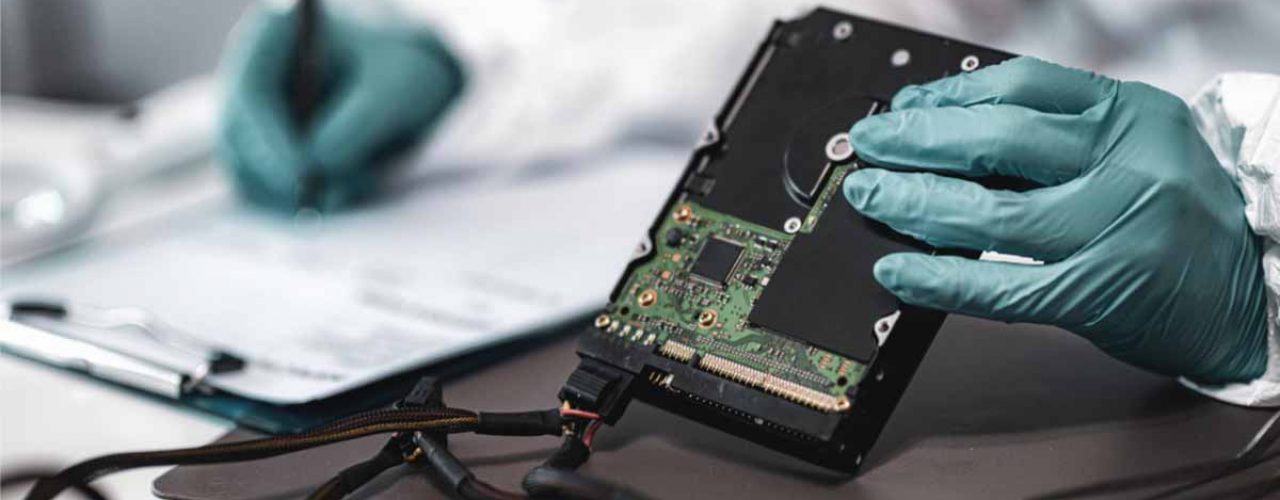

Why has E-waste Become so Much of a Problem?
As technology adoption has grown worldwide, the need to dispose of obsolete and surplus equipment has also grown. Technology soon becomes obsolete, at home as well as in the office. Think about:
- Videotape recorders
- Walkman tape players
- Electronic calculators
- CRT monitors
- Dot-matrix printers
In the past, these were usually dumped with the rest of the garbage in landfills. But the environmental impact of e-waste is now recognized as a massive problem by many governments.
E-waste problems have been made worse by the short lifetime of today’s electronic products, which can be two years or even less for things like:
- Digital watches
- Laptops
- Mobile phones
- Chargers
- Smoke alarms
- Children’s toys



See how much your IT equipment is worth
How Serious are the Problems of E-waste?
The environmental hazards of e-waste should not be underestimated. Every bit of e-waste, no matter how small, contains substances that cause pollution. Dumping e-waste without attempting to recycle the contents also depletes the earth’s resources.
The scale of problems with e-waste is massive: In 2021, the global volume of e-waste generated was 48 million tons which is 6.8kg for every person on the planet. By 2030 this is expected to be 67 million tons, double what it was in 2014.
What’s in E-waste?
E-waste contains a wide variety of materials that affect the environmental impact of e-waste, including:
- Metals
- Plastics
- Hydrocarbons
- Other toxins
These are used in electronic components, including circuit boards, power supplies, heat sinks, wires, screens, hard drives and more.
The hazards to the environment from e-waste components depend on the type of product and its age:
Causes of E-Waste generation
Technology using electronics has been embraced across the globe. If you look back just 50 years, very few people used electronic devices. The ones that they did use, like radios, were kept for many years before discarding. Items were repaired rather than being thrown into the garbage.
Today the situation is entirely different. Here are some sobering statistics:
- Worldwide, people own 33 billion devices to connect to the Internet
- That’s an average of 4.3 per person for every person on the planet
- The average smartphone user changes their phone every 15-18 months
- The expected lifetime of a PC is three years
The rate of product development and aggressive marketing have created a mindset where we expect to replace electronic products after a very short time.
Most of today’s electronics can’t be repaired – they get thrown away when they stop working.
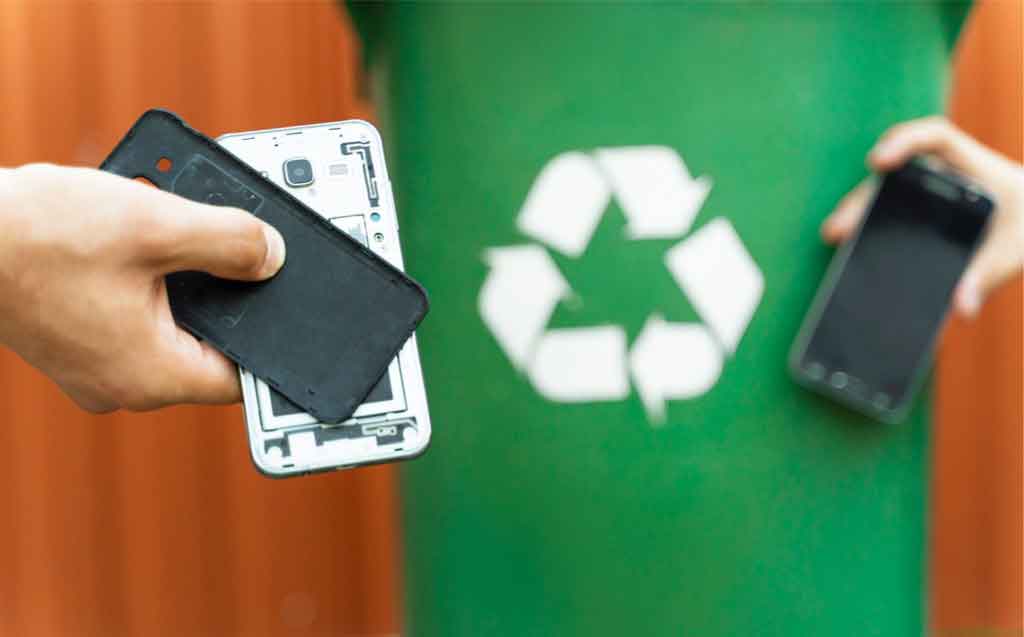


Put all these together, and you create the perfect storm for electronic waste health hazards – an ever-increasing quantity of unwanted electronics housing poisons and a growing incidence of e-waste health issues. Very few people realize how e-waste is toxic to your health.
The scale of problems with e-waste is massive: In 2021, the global volume of e-waste generated was 48 million tons which is 6.8kg for every person on the planet. By 2030 this is expected to be 67 million tons, double what it was in 2014.
What’s in E-waste?
E-waste contains a wide variety of materials that affect the environmental impact of e-waste, including:
- Metals
- Plastics
- Hydrocarbons
- Other toxins
These are used in electronic components, including circuit boards, power supplies, heat sinks, wires, screens, hard drives and more.
The hazards to the environment from e-waste components depend on the type of product and its age:
Precious Metals and Elements
Electronic devices include many valuable metals and elements. These include:
- Gold
- Silver
- Copper
- Platinum
- Aluminum
- Zinc
- Palladium
- Lithium
- Carbon
- Cobalt
Just one ton of electronic circuit boards can contain 40 to 800 times the amount of gold and 30 to 40 times the amount of copper mined from one ton of ore.
Heavy metals and toxic chemicals
Electronics also contain toxic heavy metals and chemicals that cause e-waste problems if the product isn’t disposed of correctly. These have proved to be extremely hazardous to health and include:
Lead: Damages brain function, particularly in children
Americium: Can induce cancer
Mercury: Causes memory loss, muscle weakness, and reduced fertility
Cadmium: Severe lung damage if breathed in
Sulfur: Damages the liver, heart, kidneys, and eyes.
Chromium: A known cause of cancer
Plastics
Today’s electronic products contain a lot of plastics. All discarded plastics pollute the air, land, and water. Some are toxic and will release deadly chlorine into the atmosphere if incinerated.
Hazardous Hydrocarbons
E-waste contains hydrocarbon chemicals, including brominated flame retardants. These increase the environmental hazards of e-waste because as well as being toxic to humans, they also contribute to global warming when released into the atmosphere.



Make an Informed Decision
Solutions to E-Waste Problems: Formal and Informal E-waste Recycling
E-waste recycling can be done formally or informally. Both approaches attempt to solve e-waste problems, but informal recycling increases the environmental impact of e-waste and the environmental hazards of e-waste.
Here we will explore the differences and the environmental impact of the two e-waste recycling methods. These can help answer the question ‘e-waste why is it a problem?’
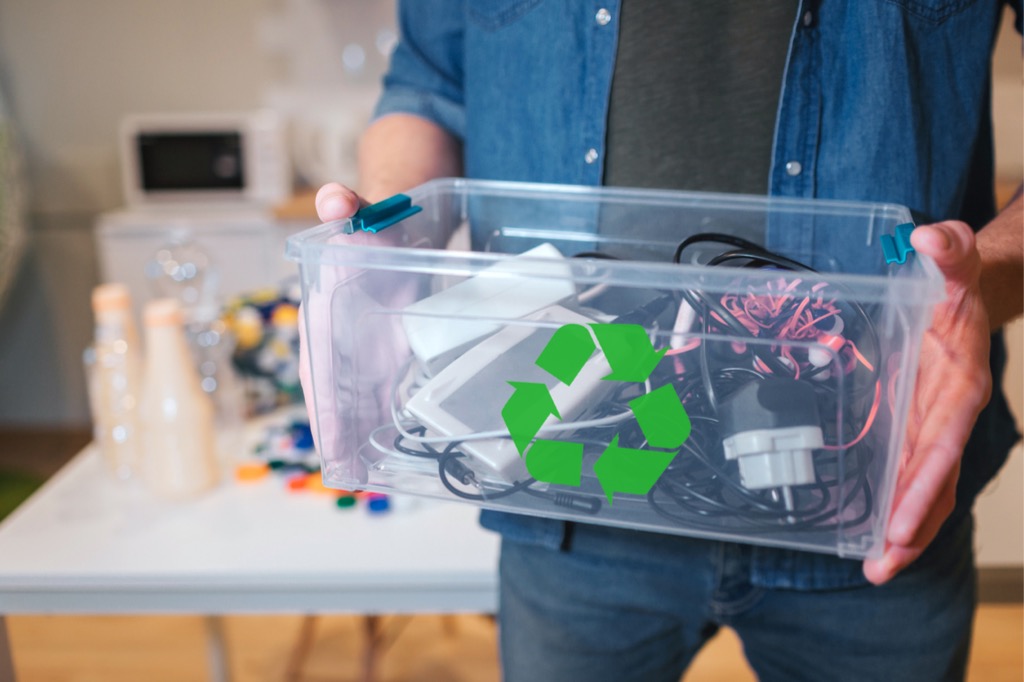


Formal E-waste Recycling
Formal recycling tries to minimize the environmental hazards of e-waste by using responsible and ethical approaches. It includes:
- Careful disassembly
- Separation into raw material types
- Cleaning
- Shredding ready for re-use
Formal e-waste recycling is more expensive and takes more time than informal approaches. Companies that use formal e-waste recycling follow strict health and safety rules and pollution-free techniques to protect their employees and the environment.
Informal E-waste Recycling
Because of the high costs and regulations of formal recycling, many companies export their e-waste to developing countries where recycling is cheap.
Poorly paid and exploited men, women, and children use methods to recover valuable materials that release harmful pollutants and toxins into the environment:
- Incinerating to destroy unwanted materials
- Using toxic mercury and acids to recover gold
These processes often harm the workers and people living nearby.
Negative Effects of E-waste on the Environment
The environmental impact of computer disposal and other e-waste can have negative effects on
- Air
- Soil
- Water
- Humans



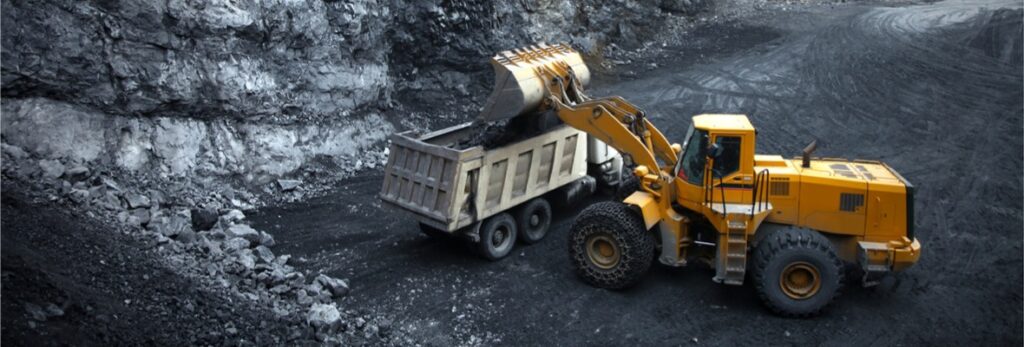


Negative Effects of E-waste on Soil
This environmental impact of e-waste is long-lasting. Putting e-waste in a landfill will release toxins into the soil as it degrades. These toxins can:
- Deform plants
- Give reduced yield from crops
- Be absorbed by the crops, which then enter the food chain when eaten by livestock or humans
Soil can also be contaminated by large particles produced by burning e-waste. The level of contamination depends on factors including soil type, temperature, and PH levels. These pollutants can stay in the soil for a long time and harm soil microorganisms that help provide fertility.
The Negative Effects of E-waste on Water Systems
Rain flushes toxic heavy metals out of contaminated soil into water systems. The polluted water then harms plants, animals, and humans. This can be many miles away from the original contamination and includes the ocean.
These pollutants make water more acidic and toxic. E-waste causes these problems with water systems:
- It kills marine and freshwater plants and fish
- Harms biodiversity
- Destroys ecosystems



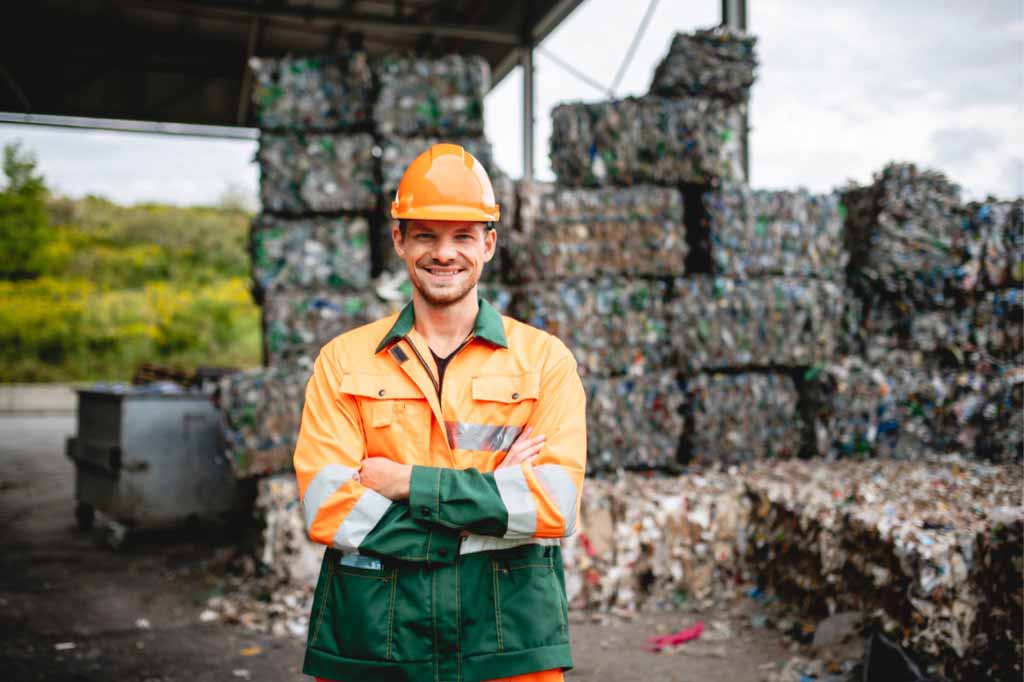


Negative Effects of E-waste on Humans
Electronic waste contains a cocktail of toxic components that are dangerous to human health. These poisons can harm the following:
- Brain
- Heart
- Liver
- Kidneys
- Muscles
- Bones
- Nervous system
- Reproductive system
- Fertility
They can also cause deformities in newborn babies.



See how we can solve your hard drive destruction needs
Solutions to E-Waste Problems: The Global E-waste Problem Requires Multiple Solutions
So how can we solve the problem of e-waste? The best way is to use a multi-solution approach that changes how people think and behave.
Reduce
Long term, the easiest way to reduce the environmental impact of e-waste is to design products that don’t produce it. That can be done using a combination of:
- Reduce the level of harmful components
- Make products last longer
Reuse
The useful lifetime of products can be extended by repurposing, donating or selling unwanted electronics to someone else to use. Many retailers now offer trade-in schemes where returned products are refurbished and resold at a discount.
Repair
Repairing electronic items stops them from becoming e-waste. Some manufacturers are now designing products so that faulty parts can be easily replaced. Some countries are now introducing right to repair legislation that will force manufacturers to make electronics easier and cheaper to repair with the goal of prolonging the life of devices and reducing electronic waste. There are also thousands of online resources that provide helpful information on how to do your own repairs.
Recycle
Recycling e-waste using formal, ecologically sound approaches should be the last resort. Many local communities and civic bodies now provide easily accessible drop-off points for unwanted electronics.
How Can I Help to Reduce E-waste?
E-waste has been poisoning our fragile ecosystems for years, ever since electricity was first invented. The consequences of failing to tackle e-waste problems pose serious threats to public health and the future of humankind. TechReset can work with you to reduce the impact your e-waste has on the environment.


